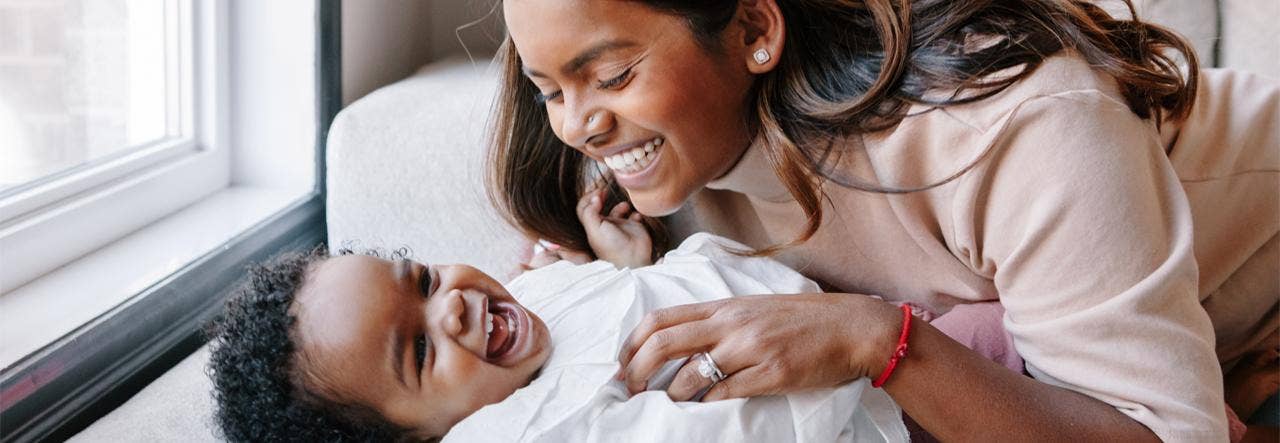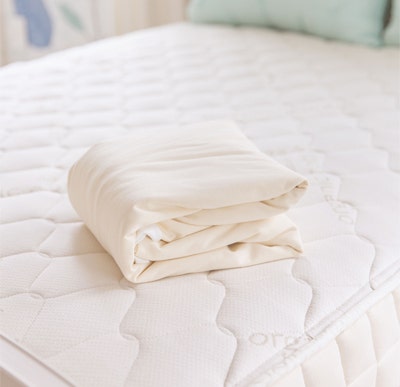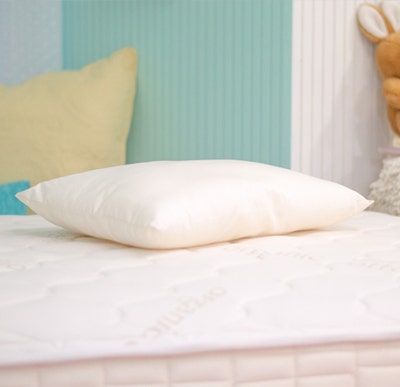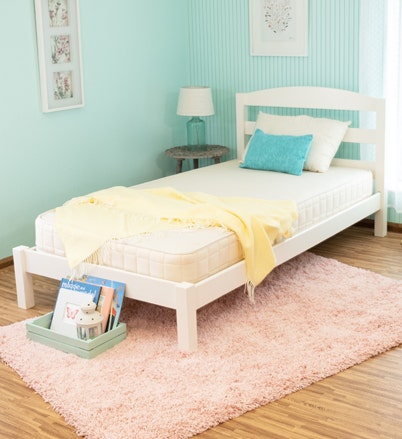Let’s be honest: dropping your toddler’s nap time is a milestone that most of us would like to hold off on for as long as possible – and it makes sense! A nap is your growing child’s time to rest and recharge, but it’s also your time to take some much needed time for you. Of course you’re going hold onto that for as long as you can.
But all good things must eventually come to an end, including nap time. As your toddler grows, their sleep needs will gradually become more fulfilled at night, meaning they’ll be less and less reliant on their daily nap to stay active throughout the day. The best thing you can do is accept that change is coming, prepare for it, and help your little one through the transition – while celebrating that they are a healthy, growing child!
So how can you tell if your little one is ready to drop the nap? And what can you do to help them do it? Let’s discuss.
How Much Sleep Do Toddlers Need?
Every child is different, but it is universally true that toddlers need more sleep than adults. Some toddlers can’t function at all without enough sleep. Others can stay awake, but will experience negative changes in mood, demeanor and behavior.
Most toddlers need 12 hours of sleep a day to support healthy growth and activity. Babies and younger toddlers will get this sleep from a schedule of napping and sleeping at night, while toddlers and children will get all the sleep they need overnight.


When Do Most Toddlers Stop Napping?
Like we said, every child is different. But for the most part, infants take as many as six naps per day. Most toddlers will transition from two naps to one nap per day by the time they are 18 months old. Naps then gradually taper off over the next couple of years.
By age five, most children no longer need a regular nap – but it could happen before that, too! Pay attention to your toddler’s behavior and look for any changes to determine when they are ready to stop napping.
Signs Your Toddler Is Ready to Stop Napping
Time for the big question: how can I tell when my child is ready to stop napping? The short answer is that they’ll tell you! Here are the signs to look for when deciding the right time to drop the nap – or realizing that your toddler may not be quite ready yet.
1. Taking Too Long to Fall Asleep at Nap Time
A telltale sign that your toddler is ready to drop the nap is that they aren’t sleepy during the day. If they lay awake singing or playing in bed when nap time rolls around every day, it may be a sign that they no longer need that nap to get enough sleep for the day.
On the other hand, if your little one is passing out or falling asleep on their own on the days you skip the nap, take it as a sign that they may not be quite ready to stop napping. If their body is telling them they need sleep, let them sleep!
2. Taking Too Long to Fall Asleep at Bedtime
Napping during the day when they don’t need it can make your child less sleepy during the night. If your little one is becoming more and more resistant when bedtime rolls around, it may be a sign to drop the nap. Waking up consistently earlier than before could mean the same thing.
But make sure to pay attention to their behavior at night once you decide to stop napping. Lack of sleep will affect your little one’s emotional responses. If you notice that they are fussier at bedtime than they were before, they may still need that afternoon nap.
3. Skipping Nap Time
A great way to tell if your toddler is ready to drop the nap is a simple trial run. Try skipping their nap for a couple of days. If you don’t notice any signs of crankiness or exhaustion, then they may be ready to stop napping.
If, on the other hand, your little one becomes irritable, hyperactive or downright mean, they probably aren’t ready to stop napping just yet. Look for other signs of sleepiness too – rubbing their eyes, yawning or less active behavior could signal that their body is missing that extra bit of sleep.
What to Do When Your Toddler Stops Napping
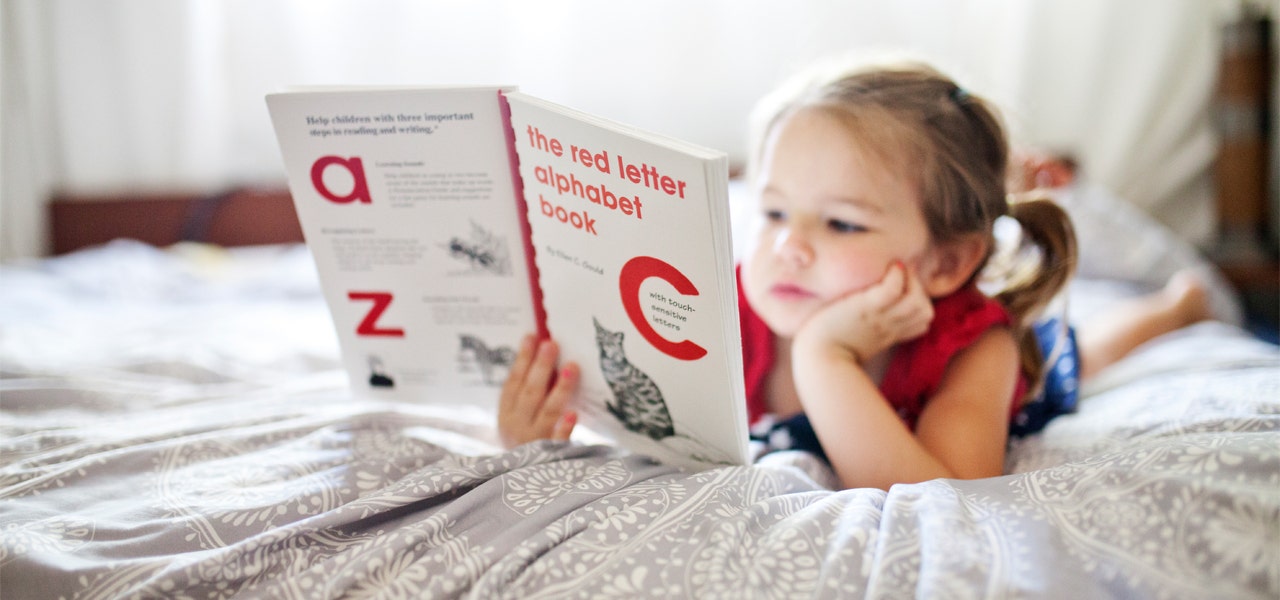

You, as a parent, want to do whatever you can to help your child through developmental milestones. And this particular one can be a doozy! Here are some tips to help to ease your transition.
Let Them Decide
You don’t have to quit cold turkey – transitioning away from naps may take time. You could try replacing nap time with quiet time. A scheduled period where your little one can choose whether they’d like to sleep or play quietly allows them to listen to their body and its needs. And being mindful of one’s body is a skill to teach your child that goes so far beyond napping!
Like nap time, quiet time should be structured: keep it in the same location for and the same period of time each day. If your child chooses not to nap, offer a quiet activity such as reading, doing a puzzle or coloring.
Stick to an Early Bedtime
Don’t push back bedtime! If your child isn’t feeling sleepy when bedtime rolls around, try shortening their nap instead. This will help them feel more tired at night.
Shortening nap time is a great way to gradually drop the nap – an easier transition for both you and your little one. Keep your toddler’s bedtime the same, but shorten their nap just a little each day over the course of a couple months. This will help drop the nap without disrupting the nighttime routine.
Establish a Nighttime Routine
Being ready to stop napping requires that your child is getting all the quality sleep that they need at night. One way to help them is to teach them relax at night and prepare their body for rest.
Build a regular bedtime routine for your little one to help them wind down at night. A nighttime routine might include a snack (make sure this is at least an hour before bedtime or it could keep them up longer), hygiene such as brushing teeth or taking a warm bath, and reading bedtime stories or singing lullabies.
Eventually, these steps will become signals to your child’s brain that it is time to get ready for bed, making them feel relaxed and sleepy.
Take the Next Step


Transitioning away from the daily nap is a huge step in your child’s development. Your little one is a big kid now! This is a moment that, although bittersweet, deserves to be celebrated.
So now that you’ve got the knowledge and the tools you need to make dropping the nap a huge success, what’s your next step?
It may be time to start thinking about transitioning your not-so-little one into a big kid bed. Naturepedic offers a range of organic kids mattresses that grow with your child and offer safer, healthier sleep.
 BABY
BABY  KIDS
KIDS  ADULT
ADULT  LEARN
LEARN  STORES
STORES 